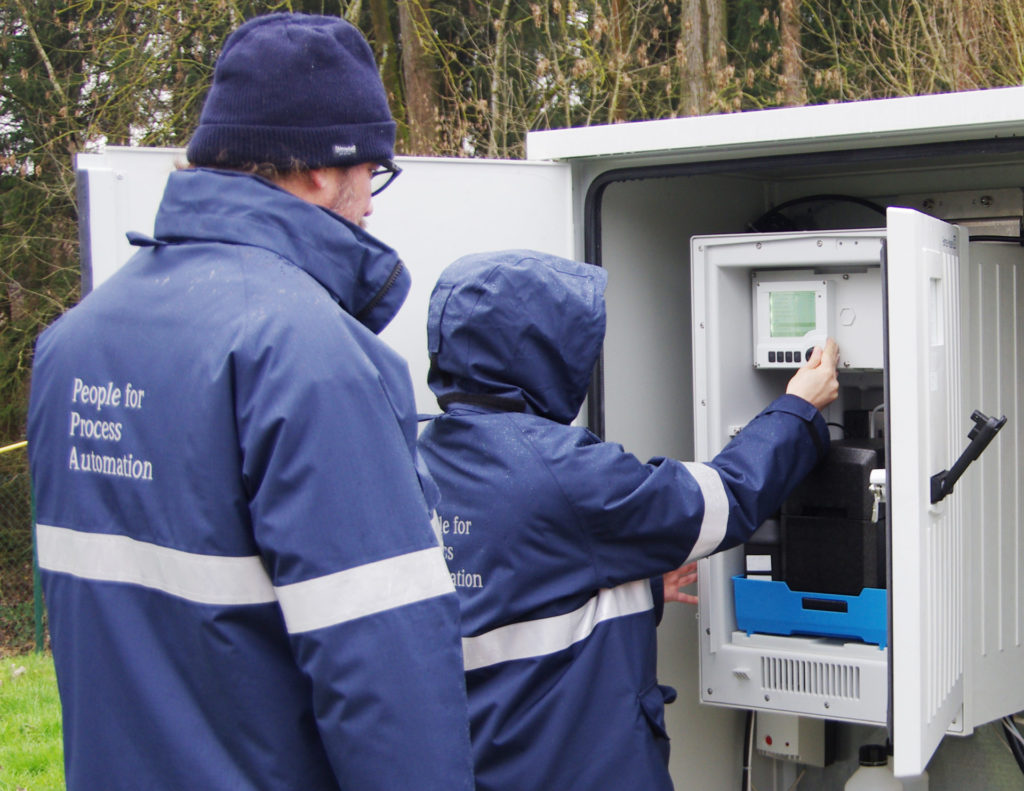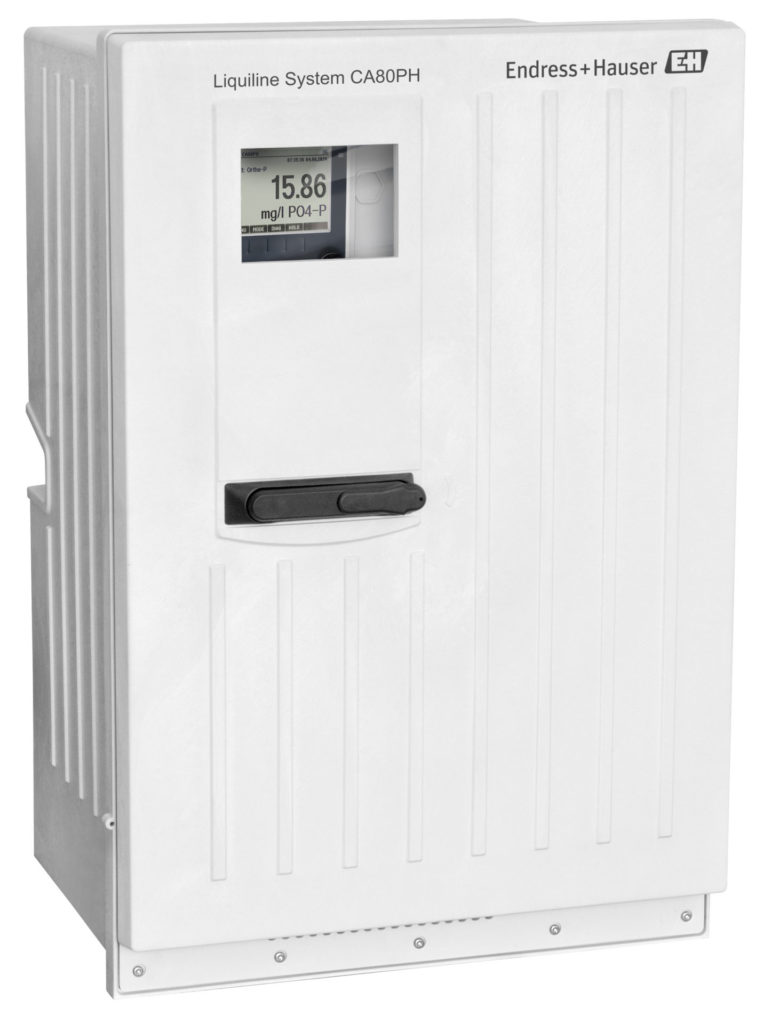Endress+Hauser highlights growing trends within the process automation industry
Discover the top 10 most viewed blogs of 2022 covering challenges and solutions across all industries May 9, 2023 – […]
Over the past three decades in the United States, a new understanding of the ecological harm caused by excess phosphorus in water supplies led to strict regulatory limits on its concentration in wastewater discharge. Though nontoxic by itself, this element spurs plant and algae growth in aquatic ecosystems to levels where they quickly become invasive, starving and crowding out other organisms, which leads to an imbalance of nutrients, a condition known as eutrophication. This negatively impacts natural order in lakes and rivers, and in turn, adversely affects food supply chains.
Because municipal wastewater may contain from to 20 mg/l of total phosphorus, authorities regulate and assess facility audits based on total phosphorus present in wastewater discharge. Of the total phosphorus, orthophosphate is the reactive portion of the measurement that impacts the living world. The best phosphorus monitoring practice in wastewater treatment facilities calls for total phosphorus measurement at the headworks of a plant before primary settling, to monitor levels up front.

Orthophosphate is monitored throughout the process followed by total phosphorus prior to final settling tanks. Through the monitoring of total phosphorus, a plant can manage phosphate removal, either biologically or through precipitation. Total phosphorus and orthophosphate together provide a full picture of the phosphate removal process.
Endress+Hauser developed the CA80PH analyzer to efficiently, reliably, and cost-effectively keep orthophosphate levels in check. This instrument is equipped with diagnostic capabilities, an innovative dispensing system, and durability to withstand harsh operating conditions. It was built on the Endress+Hauser Liquiline transmitter platform, maintaining compatibility with an array of sensors and other analyzers.
This transmitter platform generates diagnostics and device performance reports, and it sends its data to a central point for processing and notification via Ethernet communications. An optional web server, along with connection to a Wi-Fi network or the internet through the transmitter’s Ethernet port, provides local or remote access to data from any device capable of hosting a web browser—such as a laptop, smartphone, or tablet.
The instrument is operator-friendly, with full system installation from scratch possible in just a few hours, reducing upfront costs. An CA80 analyzer consumes less reagent than its competitors, further cutting operating costs—whether the PV is orthophosphate, ammonia, or another water-soluble component.

CA80PH also incorporates a refrigeration system used to cool its primary reagent, further extending its useful life. Tubing and reagent replacements, plus all other common maintenance, can be done without tools, and the analyzer’s modular layout makes replacing components simple if any issues arise.
Plant personnel can use this analyzer to make diagnostic and resolution decisions quickly because all relevant information is readily accessible, facilitating safe operation, and prompt incident response when necessary.
Gone are the days when analysts and automated systems monitored a single process variable. With expansion in mind, the CA80PH can be equipped with extra inputs to “plug-and-play” with a myriad of different sensors, enabling plant personnel to monitor multiple PVs at once, plus diagnostic data of the CA80PH.
Every analyzer includes two PID controllers, helping ensure precise precipitant dosing to adequately control orthophosphate levels. As regulatory requires tighten, the more accurate measurements must be. To address this and other issues, the CA80PH is capable of feedforward and feedback control, providing maximum precision.
While most colorimetric analyzers employ peristaltic dosing pumps, this Endress+Hauser solution uses a dispensing system of syringe pumps. Syringe pumps are more precise than peristaltic metering, and they result in less wear and tear because there are fewer mechanical components. The analyzer uses a common photometer platform, digitally programmable to operate over a range of wavelengths. The photometer is comprised of LEDs, which have very low degradation levels, and consequently reduced maintenance requirements over time.
Aside from providing a reliable and cost-effective orthophosphate monitoring solution, one of Endress+Hauser’s key strengths is its ability to deploy numerous instrument types throughout many facility process areas. As a result, programming instruments to work together is quick, requiring just a few links between each instrument and the central control systems. All Endress+Hauser instruments are equipped with comparable diagnostic and communications capabilities, whether they measure flow, pressure, level, temperature, or another PV.
If you have further questions about the removal of and monitoring of phosphorus in your wastewater treatment applications please:
Discover the top 10 most viewed blogs of 2022 covering challenges and solutions across all industries May 9, 2023 – […]
Endress+Hauser’s new and improved iTHERM ModuLine product portfolio is suited for customers in the Chemical, Oil & Gas, Water/Wastewater and […]
Among industries that deal with drinking water, wastewater and process water, it is necessary to monitor and control the levels […]
Comments